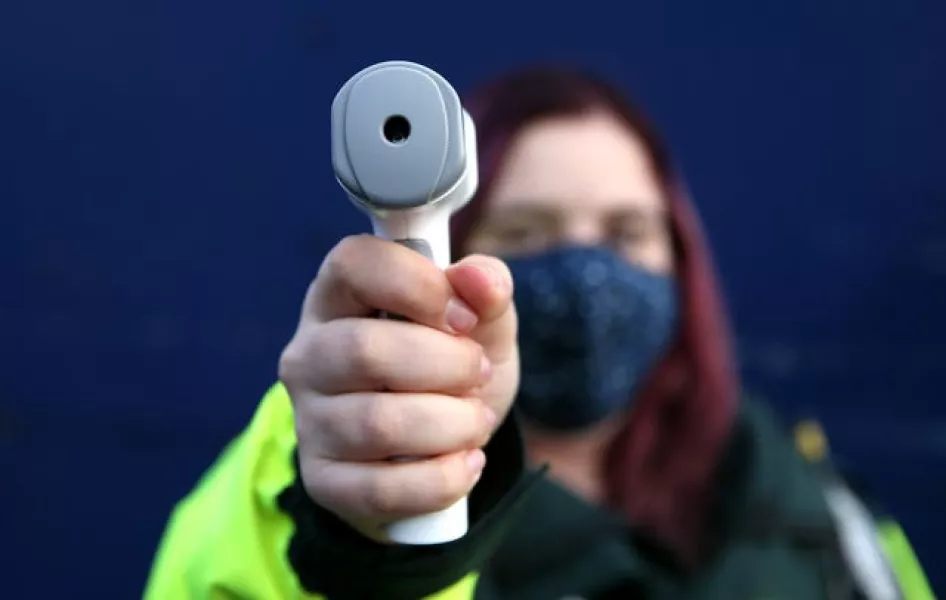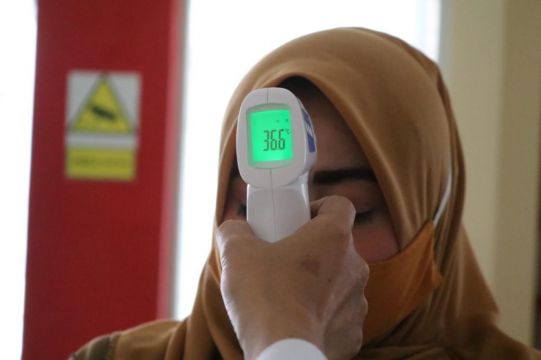Body temperature scanners provide a large number of false negative results, allowing people with Covid-19 to pass through undetected, according to a new study.
Scientists from the University of Portsmouth have found that readings from a person’s fingertip and eye provide a more reliable reading to help identify those with a fever.
Body scanners are widely used at airports, hospitals and other locations in a bid to identify those with a high temperature, a key symptom of coronavirus.
Professor Mike Tipton, human physiologist and expert in temperature regulation, said: “If scanners are not giving an accurate reading, we run the risk of falsely excluding people from places they may want, or need, to go, and we also risk allowing people with the virus to spread the undetected infection they have.”

The study, published in Experimental Physiology, found that temperature alone is not a good indicator of the virus as not everyone has a fever and many people only develop one after admission to hospital.
It also found that a high temperature does not necessarily indicate Covid-19 infection and measuring skin temperature does not give an accurate reading of deep body temperature which becomes raised in a fever.
The researchers suggest that taking two temperature measurements – one from the finger, the other from the eye – is likely to be a better and more reliable indicator of a fever-induced increase in deep body temperature.
Skin temperature can change independently of deep body temperature
Advertisement
Prof Tipton said: “Using a surface temperature scanner to obtain a single surface temperature, usually the forehead, is an unreliable method to detect the fever associated with Covid-19.
“Too many factors make the measurement of a skin temperature a poor surrogate for deep body temperature – skin temperature can change independently of deep body temperature for lots of reasons.
“Even if such a single measure did reflect deep body temperature reliably, other things, such as exercise, can raise deep body temperature.
“The pandemic has had a devastating global effect on all aspects of our lives, and, unfortunately, it’s unlikely to be the last pandemic we face. It’s critical we develop a method of gauging if an individual has a fever that’s accurate and fast.”







